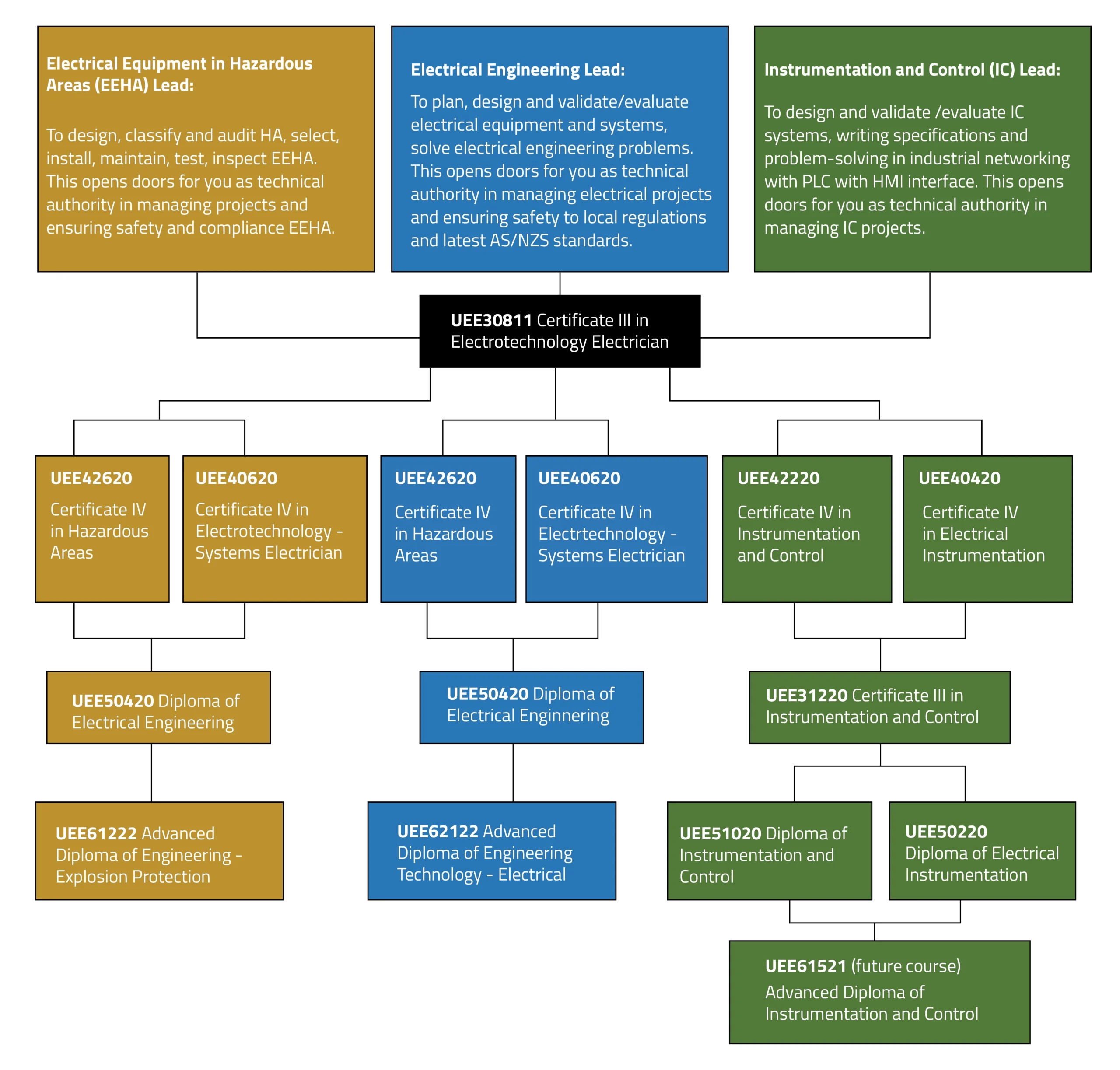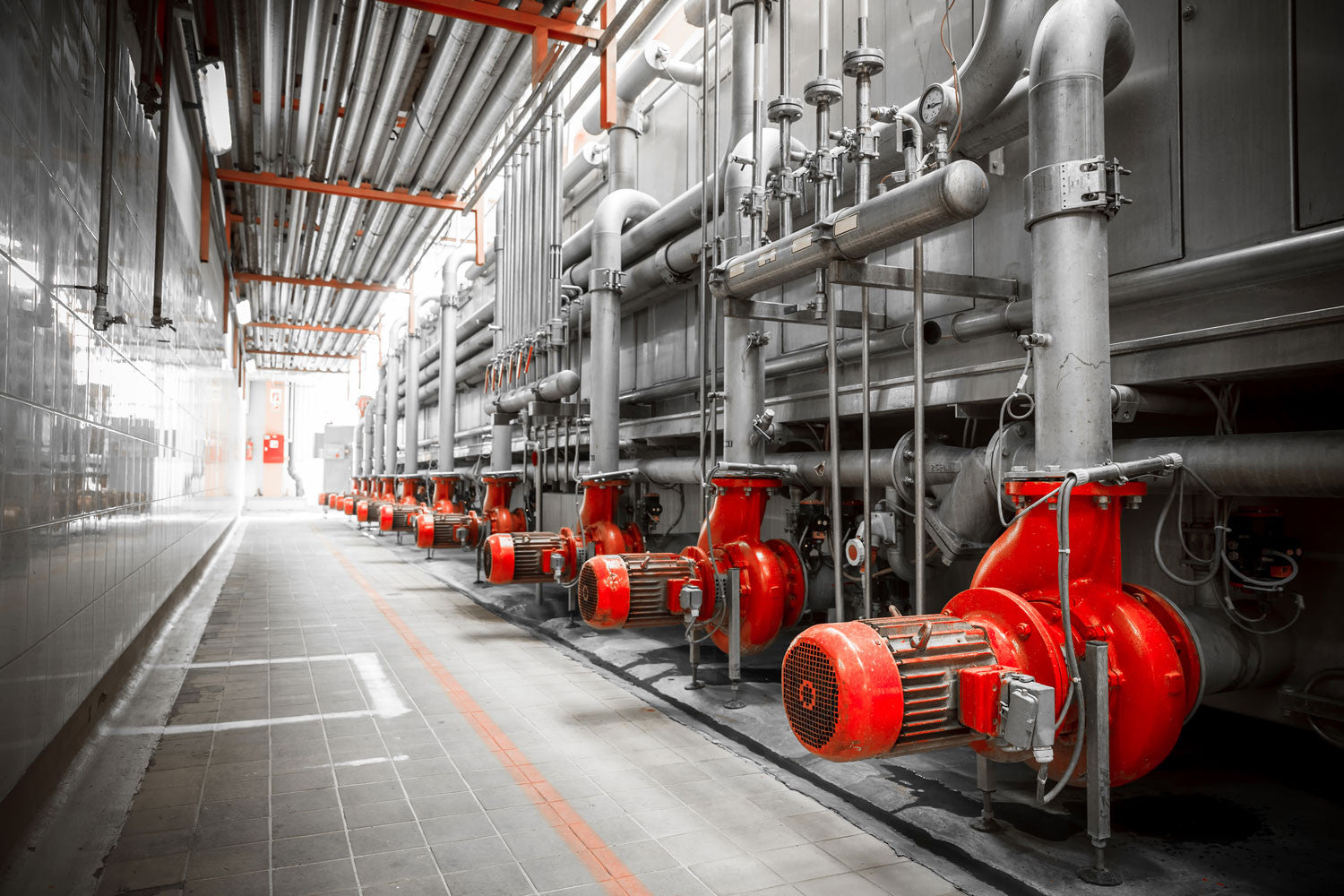The smart Trick of Roar Solutions That Nobody is Discussing
The smart Trick of Roar Solutions That Nobody is Discussing
Blog Article
The Of Roar Solutions
Table of ContentsThe 9-Second Trick For Roar SolutionsThe Definitive Guide to Roar SolutionsRoar Solutions - Questions
In order to protect installments from a prospective explosion an approach of analysing and classifying a possibly harmful area is required. The purpose of this is to guarantee the right option and setup of equipment to eventually stop a surge and to ensure safety of life.
(https://www.reddit.com/user/roarsolutions1/)
No devices should be installed where the surface temperature of the equipment is more than the ignition temperature of the provided hazard. Below are some common dust dangerous and their minimum ignition temperature level. Coal Dirt 380C 225C Polythene 420C (thaws) Methyl Cellulose 420C 320C Starch 460C 435C Flour 490C 340C Sugar 490C 460C Grain Dust 510C 300C Phenolic Resin 530C > 450C Aluminium 590C > 450C PVC 700C > 450C Residue 810C 570C The likelihood of the threat being existing in a focus high enough to cause an ignition will vary from place to location.
In order to categorize this risk a setup is split into areas of threat relying on the quantity of time the unsafe is existing. These areas are referred to as Zones. For gases and vapours and dirts and fibers there are 3 zones. Zone 0 Zone 20 An unsafe environment is extremely most likely to be existing and might exist for lengthy durations of time (> 1000 hours each year) or perhaps constantly Zone 1 Area 21 An unsafe environment is possible yet not likely to be present for long durations of time (> 10 450 C [842 F] A classification of T6 implies the minimum ignition temperature is > 85 C [185 F] Hazardous area electrical devices perhaps made for usage in higher ambient temperature levels. This would suggested on the rating plate e.g. EExe II C T3 Ta + 60C( This suggests at 60C ambient T3 will not be exceeded) T1 T1, T2, T3, T4, T5, T6 T2 T2, T3, T4, T5, T6 T3 T3, T4, T5, T6 T4 T4, T5, T6 T5 T5, T6 T6 T6 A T Course rating of T1 indicates the maximum surface temperature created by the instrument at 40 C is 450 C. Thinking the associated T Course and Temperature level rating for the devices are suitable for the area, you can constantly make use of an instrument with an extra strict Department score than required for the area. There isn't a clear response to this question however. It truly does rely on the type of tools and what repair services need to be executed. Equipment with details test treatments that can't be done in the field in order to achieve/maintain 3rd party ranking. Should return to the factory if it is prior to the equipment's service. Area Repair By Authorised Worker: Difficult testing may not be required nevertheless certain procedures might require to be followed in order for the equipment to preserve its third party rating. Authorised personnel should be used to execute the work correctly Repair service should be a like for like replacement. New element should be considered as a direct replacement requiring no special screening of the tools after the repair is complete. Each tool with an unsafe ranking need to be reviewed individually. These are laid out at a high level below, however, for more detailed info, please refer straight to the guidelines.
The 3-Minute Rule for Roar Solutions
The tools register is an extensive data source of devices records that includes a minimum collection of fields to recognize each item's area, technical criteria, Ex lover category, age, and environmental data. This information is crucial for monitoring and managing the tools efficiently within unsafe locations. On the other hand, for regular or RBI tasting evaluations, the quality will be a mix of Thorough and Close evaluations. The proportion of Comprehensive to Close assessments will be established by the Equipment Danger, which is evaluated based upon ignition risk (the chance of a source of ignition versus the likelihood of a combustible atmosphere )and the dangerous location category
( Zone 0, 1, or 2). This variation will certainly likewise influence the resourcing needs for job prep work. When Whole lots are defined, you can create tasting plans based upon the example dimension of each Whole lot, which refers to the number of arbitrary devices products to be evaluated. To figure out the called for sample size, two elements require to be assessed: the dimension of the Lot and the category of inspection, which suggests the level of effort that need to be applied( lowered, typical, or raised )to the assessment of the Whole lot. By combining the classification of inspection with the Whole lot size, you can after that establish the suitable denial requirements for an example, implying the allowed variety of malfunctioning items discovered within that sample. For more information on this procedure, please refer to the Power Institute Standards. The IEC 60079 standard recommends that the optimum period between assessments need to not go beyond 3 years. EEHA assessments will likewise be carried out beyond RBI projects as part of scheduled upkeep and devices overhauls or repairs. These assessments can be attributed towards the RBI example sizes within the affected Whole lots. EEHA evaluations are conducted to recognize mistakes in electrical equipment. A weighted racking up system is necessary, as a single piece of devices might have multiple faults, each with varying levels of ignition risk. If the combined score of both evaluations is less than twice the mistake score, the Whole lot is considered acceptable. If the Great deal is still considered undesirable, it should undertake a full evaluation or justification, which might set off more stringent evaluation methods. Accepted Lot: The sources of any mistakes are recognized. If a typical failing setting is found, added equipment might need maintenance. Mistakes are identified by extent( Safety, Stability, House cleaning ), making sure that urgent problems are evaluated and attended to promptly to alleviate any kind of effect on safety and security or operations. The EEHA database must track and record the lifecycle of mistakes together with the rehabilitative actions taken. Applying a robust Risk-Based Assessment( RBI )technique is essential for making certain conformity and safety in taking care of Electrical Equipment in Hazardous Areas( EEHA) (eeha training). Automated Fault Scoring and Lifecycle Monitoring: Easily manage mistakes and track their lifecycle to enhance examination accuracy. The intro of this assistance for risk-based assessment even more reinforces Inspectivity's position as a best-in-class option for regulatory conformity, along with for any type of asset-centric evaluation use instance. If you have an interest in finding out more, we welcome you to request a demo and uncover how our solution can transform your EEHA administration processes.
Roar Solutions - Truths

In regards to explosive risk, an unsafe area is an atmosphere in which an explosive environment exists (or might be anticipated to be existing) in quantities that need special preventative measures for the construction, installation and use equipment. hazardous area course. In this write-up we check out the obstacles encountered in the office, the danger control procedures, and the needed proficiencies to work safely
It is an effect of contemporary life that we produce, keep or take care of a variety of gases or liquids that are considered combustible, and a series of dirts that are considered combustible. These compounds can, in specific conditions, form eruptive ambiences and these can have major and awful consequences. Many of us recognize with the fire triangular get rid of any among the 3 components and the fire can not happen, yet what does this mean in the context of dangerous areas? When breaking this down right into its easiest terms it is essentially: a combination of a certain amount of release or leakage of a particular compound or material, combining with ambient oxygen, and the visibility of a resource of ignition.
In the majority of instances, we can do little about the levels of oxygen airborne, but we can have considerable influence on sources of ignition, as an example electric equipment. Hazardous locations are recorded on the unsafe area category drawing and are determined on-site by the triangular "EX" sign. Here, amongst various other essential information, zones are divided right into three types relying on the danger, the likelihood and period that an explosive atmosphere will certainly exist; Area 0 or 20 is considered one of the most dangerous and Area 2 or 22 is regarded the least.
Report this page